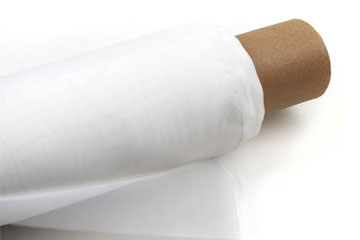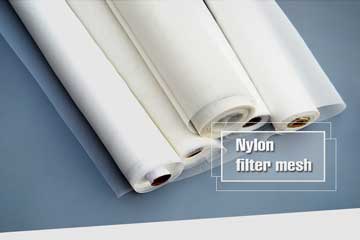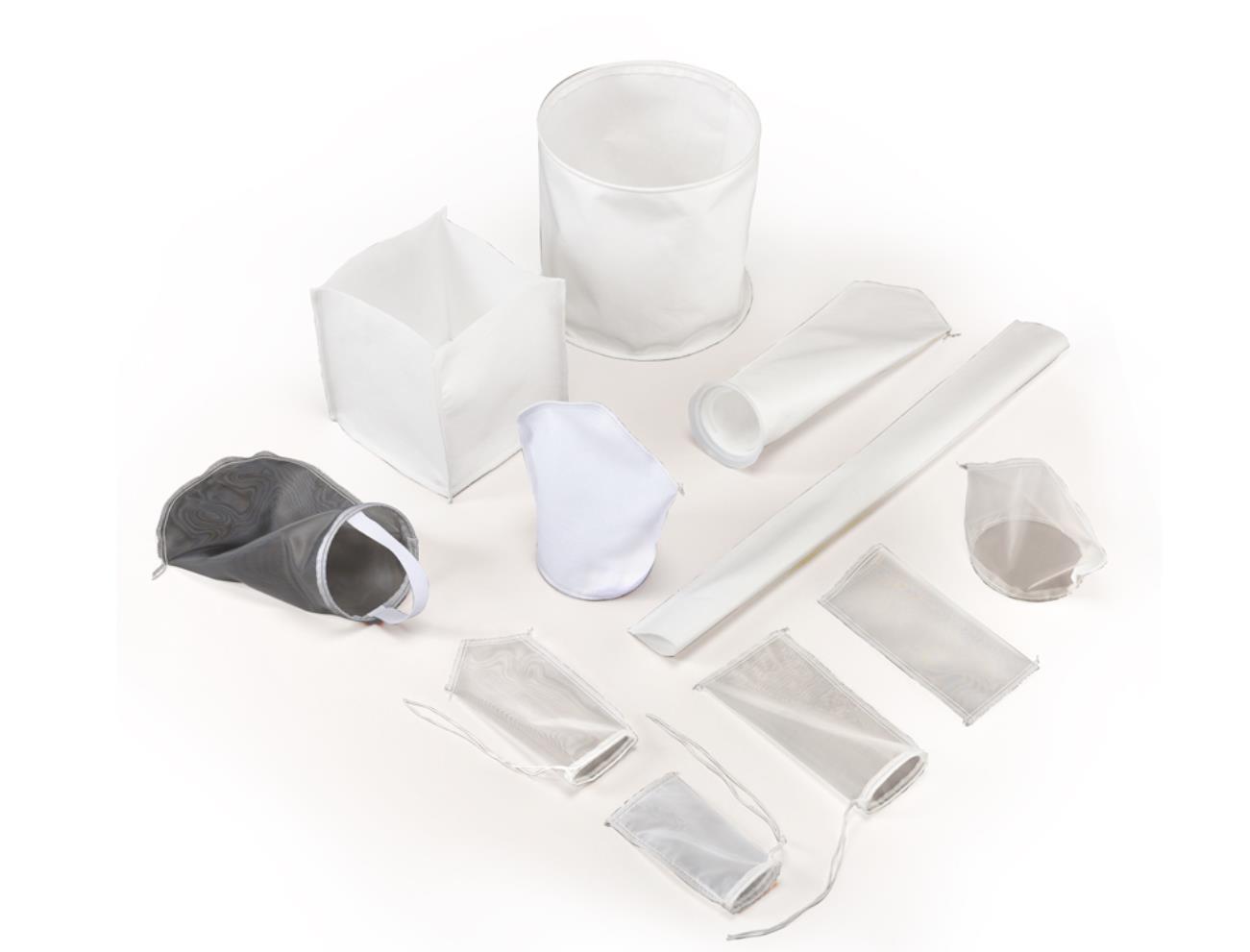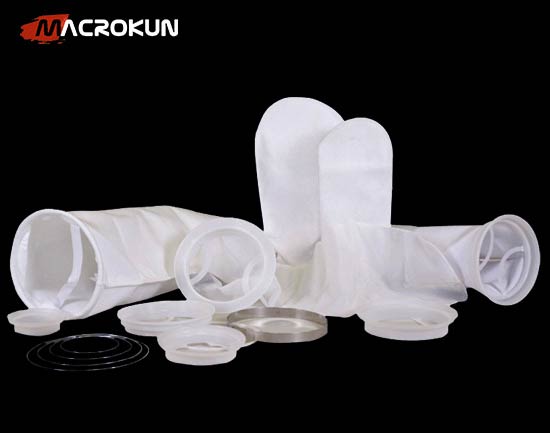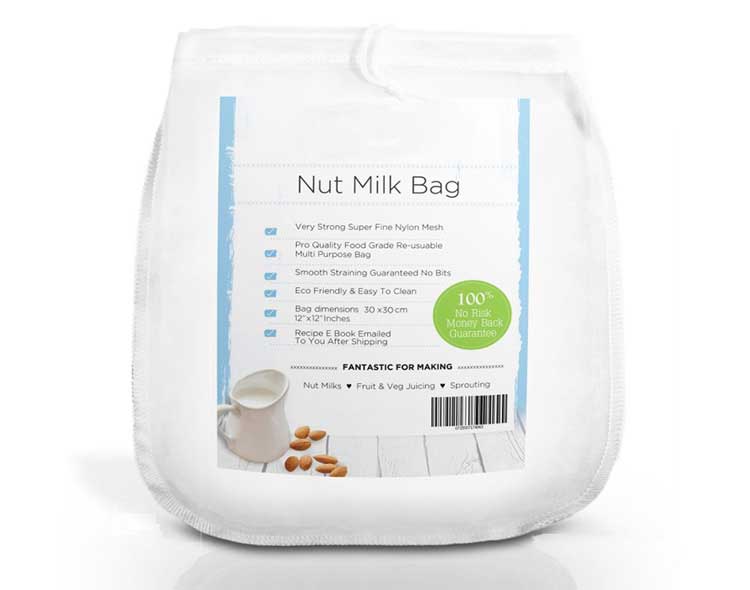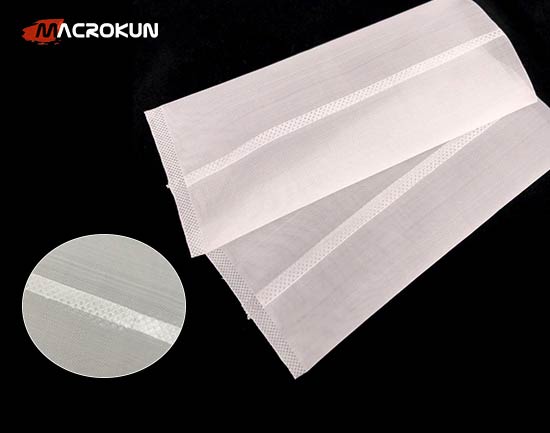Filter Sock Essentials
Filter socks are excellent at trapping floating particles in water to produce a crystal-clear aquarium. Youll notice this style filter sock has a plastic ring around the top. The ring is designed to fit in whats called a sump filter and the sump filte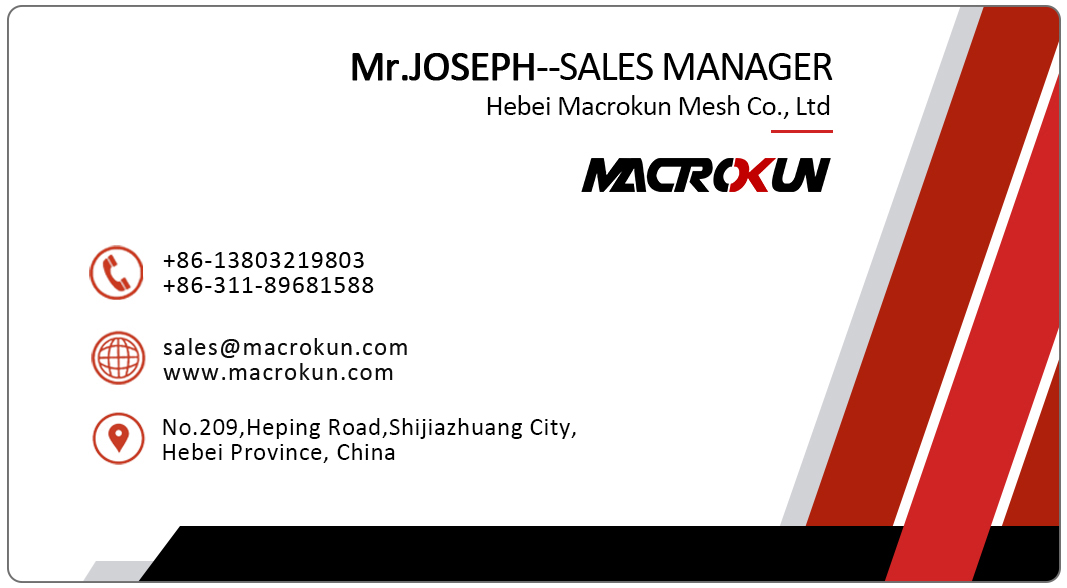
Filter socks are excellent at trapping floating particles in water to produce a crystal-clear aquarium. You’ll notice this style filter sock has a plastic ring around the top.
The ring is designed to fit in what's called a sump filter and the sump filter is usually found below an aquarium or close by. For a filter sock to work water from a display tank, comes down a pipe, goes in to our filter sock, flows through the sock, and into a sump where it is pumped back to the display aquarium.
Over time, our filters will become clogged with dirt and debris. To easily remove them from the filter, use the little handle inside the rim. The larger size socks sport 2 handles.
Ring Sizes (the Diameter of the Plastic Ring)
The most common filter socks used in the aquarium industry come in two sizes:
· 4-inch plastic ring
· 7-inch plastic ring
Fish hobbyists love our filter socks because they are constructed of a very thick heavy-duty polyester material, triple stitched so that they can be used many times over. This stitching actually runs off the end of the sock; DO NOT CUT THIS STITCHING or the sock may unravel. Just leave the stitching like it is. If the stitching bothers you, put a couple of drops of super glue to glue it to the sock.
Filter Socks - Available in Different Lengths
These filter socks are available in different sizes for different sized sumps:
-
Short – about 8” long
-
Medium – about 10” long
-
Long – about 16” long
Choose a sock that fits with the length and height of your sump. The filter sock should ideally not touch the bottom of your sump to work optimally.
7-inch plastic ring
Short – about 8” long
Medium – about 11” long
Long – about 16” long filter

Construction
Filter socks on the market can be found in either polyester or polypropylene. We choose to use polyester for several reasons:
Polypropylene material begins to pill up (like a sweater) after several washes
Polypropylene will often initially wreak havoc on a protein skimmer causing crazy amounts of foam. These socks should be well rinsed before using.
Choosing 100 Micron or 200 Micron Socks
This can be a little confusing. A 100 micron sock has tight pores and will trap debris that is 100 microns in size or larger. A 200 micron sock has a little looser pores and will trap debris that is 200 microns in size or larger. So, a 100 micron sock will trap more debris than an 200 micron sock and will thus clog up much faster than a 200 micron sock.
Most hobbyists use a 200 micron filter sock most of the time and once in a while will “polish” their water by switching to a 100 micron filter sock for a short time.
When to Change a Filter Sock
As with all filter material, filter socks will become clogged and dirty over time and it is important to change them regularly. Organics and debris trapped inside the filter material will clog the pores and will not allow water to pass. Water will literally pour out of the top of the filter sock back into to the sump. At this point, organics are building up and will begin to break down into nutrients such as phosphates and nitrates. The more often the filter socks are changed, the better the water quality is going to be.
Determining how often to change socks is a matter of preference. Filter socks are excellent at taking particles out of the water making water crystal clear; to keep high quality water change these filter socks often to remove nutrients. Some hobbyists change socks about once a week, others (especially reef hobbyists) will change them every day or every couple of days. Whichever you choose to do, it is best to change them before they begin to overflow!
Changing socks is easy. Simply use the ring handle to pull the sock from its holder. Using a clean aquarium safe bucket, dump the contents of the sock into the bucket by tapping the sock against the side of the bucket. You may be surprised at what you find! Watch for snails, hermit crabs, or even fish who may have been spooked and jumped into the overflow finding themselves trapped in a sock. Often these creatures are found alive and ready to be returned to the display aquarium.
Once any live creatures are evacuated from the sock, the sock is ready to clean.

If you simply rinse the socks in a sink the pores are so tight very little debris will be removed. When you put them back the sump they will clog more quickly. Some hobbyists take them outside and use a power washer to hose them off; that works okay.
My preferred method is to put dirty socks in a washing machine with some bleach. Since bleach and aquariums don't mix, please read the exact steps of how to wash your filter socks with bleach and by the time you get that final step, your filter socks will be safe to be used in your sump filter again, and your pets will be happy.
If you use a washing machine to clean your socks it may be prudent to collect a group of 6 or 12 dirty socks before running a load. Just store dirty socks in a bucket with a lid (they stink). It makes washing more efficient.
When to Discard a Filter Sock
Throw socks away when:
The stitching wears down and a seam pops open allowing water to pour out the side of the seam
The material becomes thin or holes appear.
(Note: Some hobbyists use them once and throw them away.)

RELATED PRODUCTS
RELATED ARTICLES
Tags:
